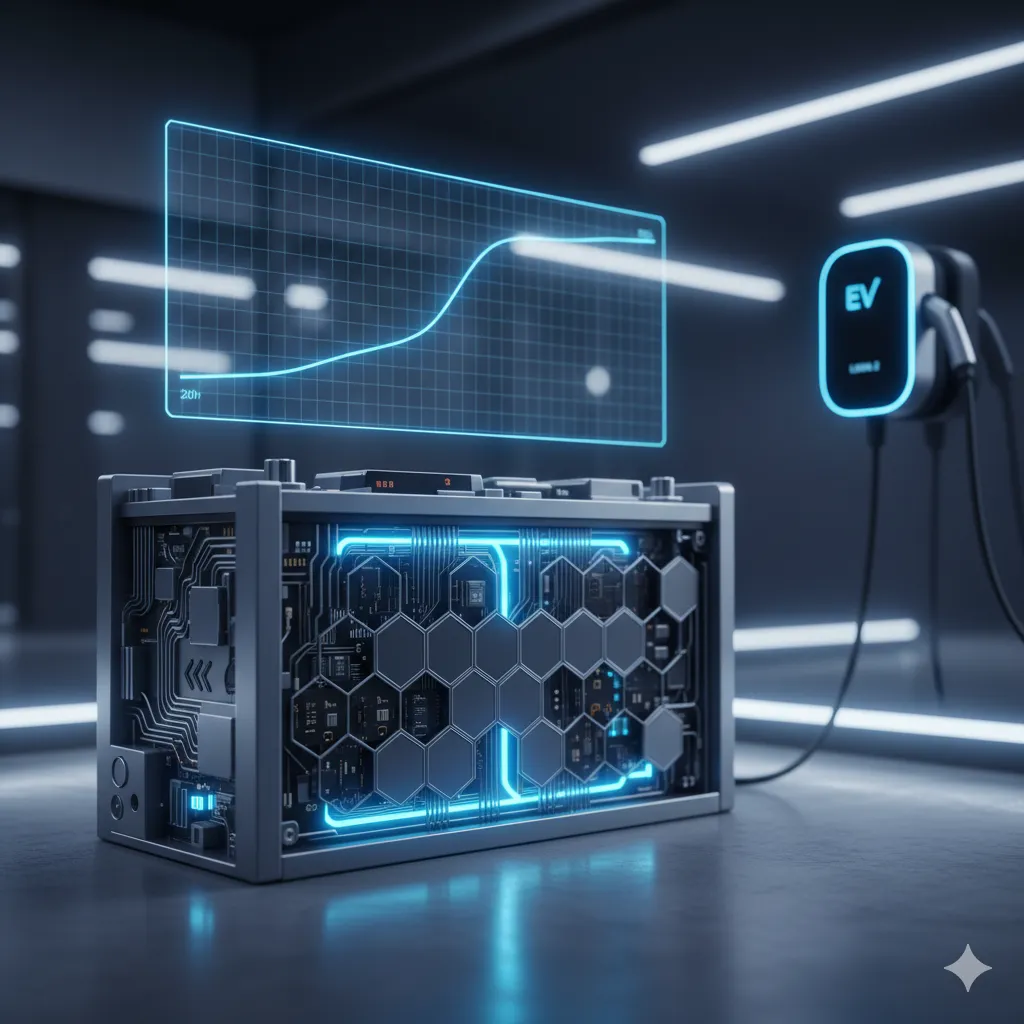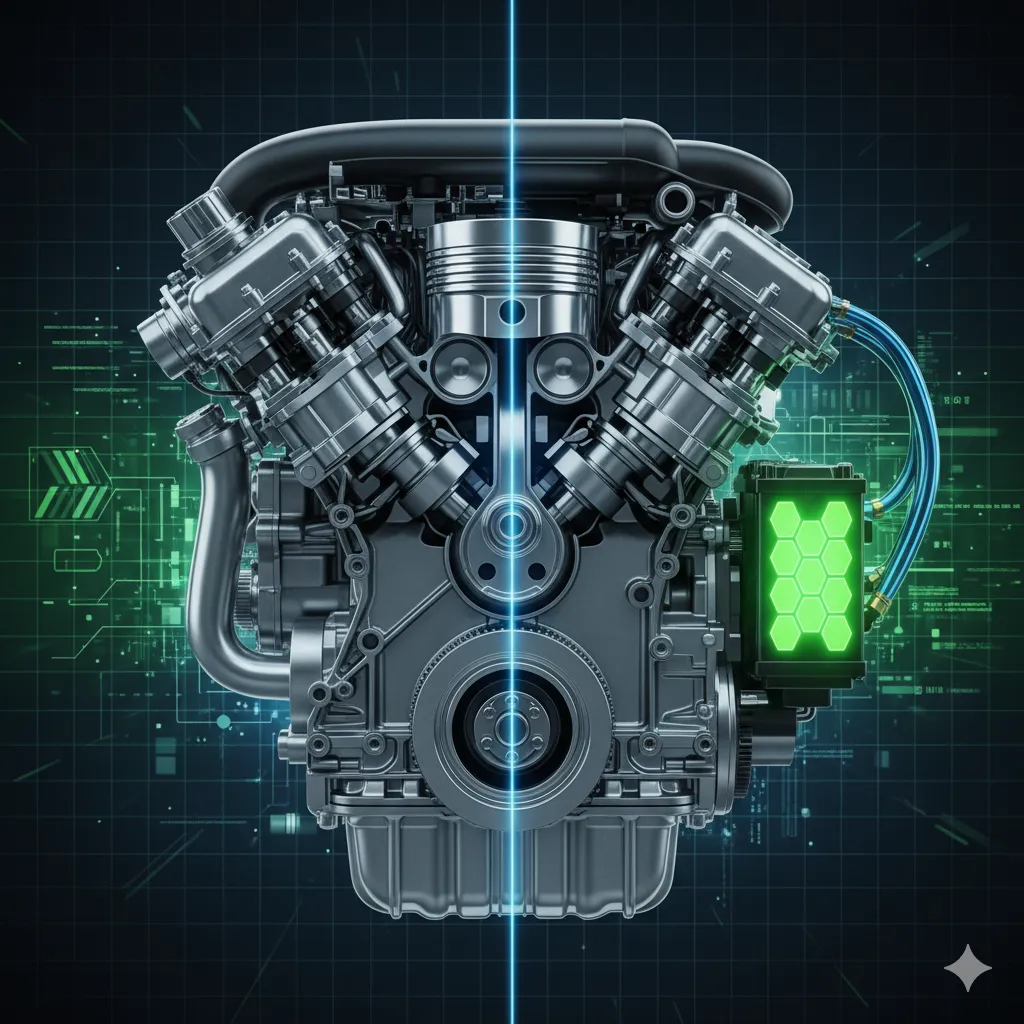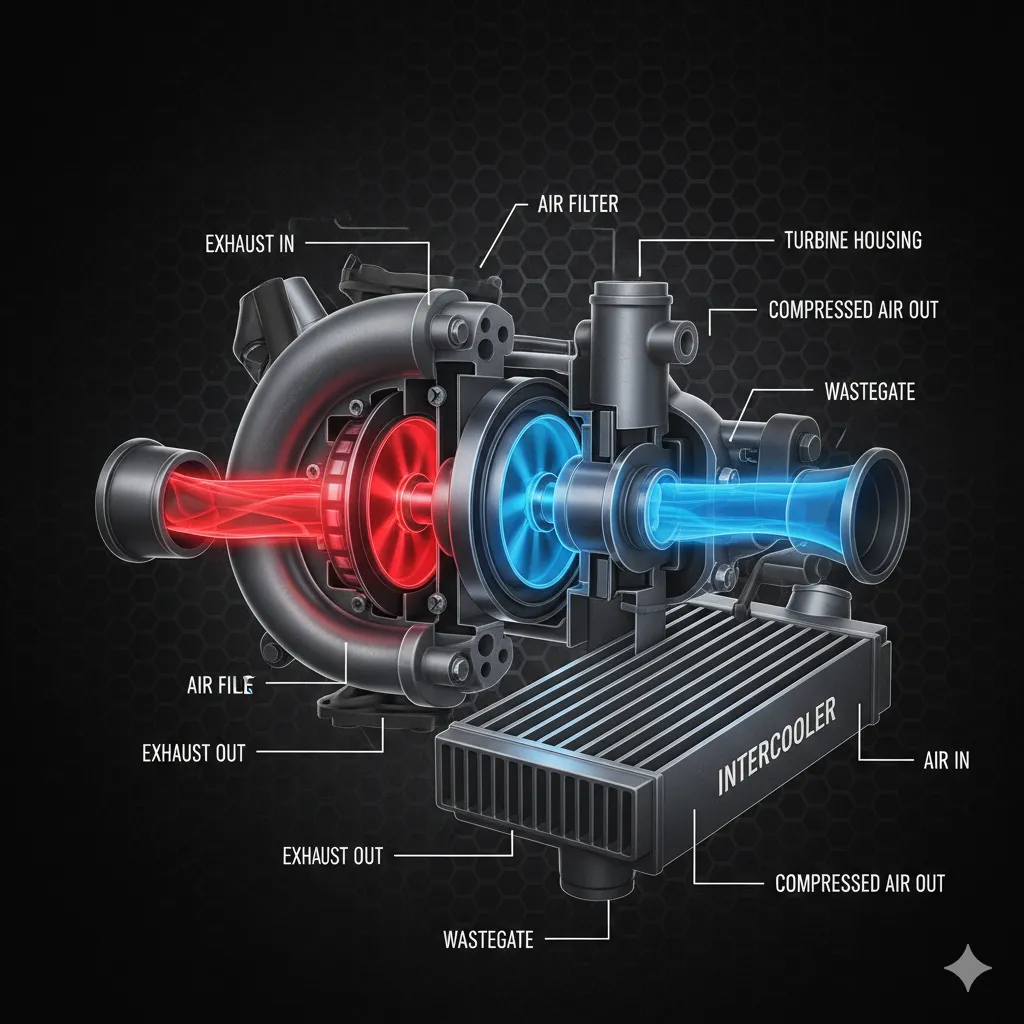
Maximize Your EV Battery Life: Top Tips
Maximize Your EV Battery Life: Top Tips for Charging, Driving, and Maintenance
Welcome to the world of electric vehicles (EVs)! As an EV owner, you're driving the future of sustainable transportation. But just like a gasoline car's engine requires care, your electric vehicle's heart—the powerful lithium-ion EV battery—requires a little love and mindful maintenance to ensure its maximum performance and longevity.
The most common concern for new and potential EV buyers is battery degradation and the cost of replacement. The good news is that modern EV batteries are incredibly robust, often warrantied for eight years or more, and advancements in battery management systems (BMS) are constantly improving their lifespan. However, your daily habits have a huge impact.
This comprehensive guide will break down the essential EV battery life tips to help you maintain your car’s range, preserve its long-term health, and keep you confidently on the road for years to come.
The Golden Rule of EV Charging: The 20-80% Sweet Spot (H2)
The most critical factor in preserving your EV battery health is managing its state of charge (SoC). While it might be tempting to fill up to 100% every night, the battery's chemistry prefers a more moderate range.
Why the 20-80% Rule Works (H3)
Lithium-ion batteries experience the most stress when they are at the extremes: either completely full or nearly empty.
-
Avoid 100% Charge Daily: Charging to 100% and leaving your car parked for an extended period puts high voltage stress on the cells, accelerating degradation over time. Think of it like a fully inflated balloon—it's under maximum stress. For daily commutes, set your charge limit to 80%.
-
Avoid Deep Discharges: Similarly, regularly letting your charge drop below 20% puts strain on the battery. A partial charge cycle is much healthier than a deep discharge.
-
The Exception: Only charge to 100% when you absolutely need the maximum range for a long road trip. Crucially, try to start driving shortly after it reaches full capacity, rather than letting it sit for hours.
Most EVs today offer a simple setting in the car’s menu or a companion smartphone app to easily set your daily charge limit to 80%, automating this essential EV battery charging best practice.
Mastering Your Charging Habits (H2)
Beyond the 20-80% rule, how and when you plug in your EV makes a difference to the long-term battery longevity.
Minimize DC Fast Charging (H3)
DC fast chargers (Level 3 or Rapid Chargers) are a lifesaver on road trips, but they should not be your daily habit.
-
The Heat Factor: Fast charging generates significantly more heat than Level 1 (standard outlet) or Level 2 (home/public charger) charging. Excessive heat is the number one enemy of a lithium-ion EV battery, as it accelerates chemical degradation.
-
Reserve for Travel: Use DC fast chargers only when necessary for long-distance travel. For daily charging, rely on your home Level 1 or Level 2 charger.
-
Slow Down Near the Top: Even when fast charging, the car's Battery Management System (BMS) automatically slows down the charging rate significantly as it approaches 80% to protect the battery, further proving this is the healthier range.
Take Advantage of Preconditioning (H3)
Use your EV's scheduled charging and preconditioning features.
-
Optimal Timing: Schedule charging to finish just before your departure time. This minimizes the time your EV battery sits at a high state of charge and ensures the battery is at an optimal temperature for driving when you leave.
-
Climate Control: Preconditioning warms or cools the cabin while still plugged into the grid. This means your battery doesn't have to use its stored energy to heat or cool the car immediately after unplugging, preserving your range and reducing stress on the battery pack.
Temperature Management is Key (H2)
Extreme temperatures—both hot and cold—temporarily reduce your EV's range and, more importantly, contribute to long-term battery wear.
Parking for Protection (H3)
-
Summer Heat: High heat is more damaging to battery health than cold. On hot days, park your EV in a shaded area, a garage, or an underground car park whenever possible. This helps your car's thermal management system keep the EV battery cool without draining its power.
-
Winter Cold: While less damaging than extreme heat, cold weather temporarily reduces range. Parking in a garage helps maintain a moderate temperature. When plugged in, the car can use the grid power to keep the battery warm, further improving efficiency and range.
Driving Habits for Maximum Range and Life (H2)
Your foot on the pedal has a direct correlation to your battery's happiness. Smooth driving is efficient driving.
Drive Gently and Smoothly (H3)
-
Avoid Aggression: Frequent, rapid acceleration and sudden, hard braking put a major strain on the battery pack, demanding huge power bursts.
-
Embrace Eco-Driving: Adopt a smooth driving style. Accelerate gradually and maintain a consistent speed. This gentle use of power helps extend both your daily range and your EV battery lifespan.
Master Regenerative Braking (H3)
Regenerative braking is one of the coolest features of an EV—it captures kinetic energy that would otherwise be lost as heat from friction brakes and sends it back to the EV battery to recharge it.
-
Maximize Regeneration: Use your car’s 'B-mode' (Brake mode) or 'One-Pedal Driving' feature where available. This increases the regenerative braking, giving you a small but constant recharge, which is a great way to boost your overall electric car battery range.
Software and Maintenance (H2)
The most advanced component of your EV is the software that manages the battery—don't ignore it.
Keep Your EV Software Updated (H3)
Manufacturers frequently release over-the-air (OTA) software updates. These updates often include critical refinements to the Battery Management System (BMS) that improve efficiency, optimize charging algorithms, and enhance battery longevity. Always install new software updates promptly.
Check Tire Pressure Regularly (H3)
This might seem basic, but maintaining the correct tire pressure is one of the easiest EV battery life tips to implement. Underinflated tires increase rolling resistance, forcing the EV battery to use more energy to move the car, which directly reduces your range.
Conclusion: The Long View of EV Battery Health (H2)
Caring for your EV battery is primarily about avoiding extremes: extreme states of charge, extreme temperatures, and extreme driving habits. By adopting the 20-80% charging rule, minimizing DC fast charging, and driving smoothly, you’re engaging in the best practices for EV battery maintenance.
A well-cared-for EV battery will retain its capacity and power for many years, giving you a smooth, long-lasting, and anxiety-free driving experience. Follow these simple EV battery life tips, and you can confidently expect your electric car to serve you reliably for a very long time.
Frequently Asked Questions (FAQs)
Q1: How long do EV batteries actually last? A: Most manufacturers provide an EV battery warranty for around 8 years or 100,000 miles, guaranteeing the battery will retain at least 70-80% of its original capacity. In reality, studies show most EV batteries exceed this, often retaining excellent capacity well past 150,000 miles, making their lifespan comparable to or longer than the serviceable life of the rest of the car.
Q2: Should I charge my electric car every night? A: If your daily commute uses a significant portion of the battery, a nightly charge to 80% is fine and often recommended. However, if you only drive a few miles, you don't need to plug in every night. The key is to keep the battery between the 20% and 80% range for daily use, as a lithium-ion battery prefers a moderate charge level.
Q3: Does extreme cold permanently damage an EV battery? A: No, extreme cold does not cause permanent damage to the EV battery in the same way extreme heat does. Cold temperatures temporarily reduce the battery's energy output and charging speed, thus reducing your available range. The loss is temporary; as the temperature rises, the battery's performance returns to normal.
e) External Links
-
U.S. Department of Energy - Alternative Fuels Data Center (For authoritative information on EV technology and benefits)
-
Recurrent Auto EV Battery Report (For data on battery degradation trends and real-world range)
-
The specific EV manufacturer’s official charging guide (e.g., Tesla, Nissan, Chevrolet)




